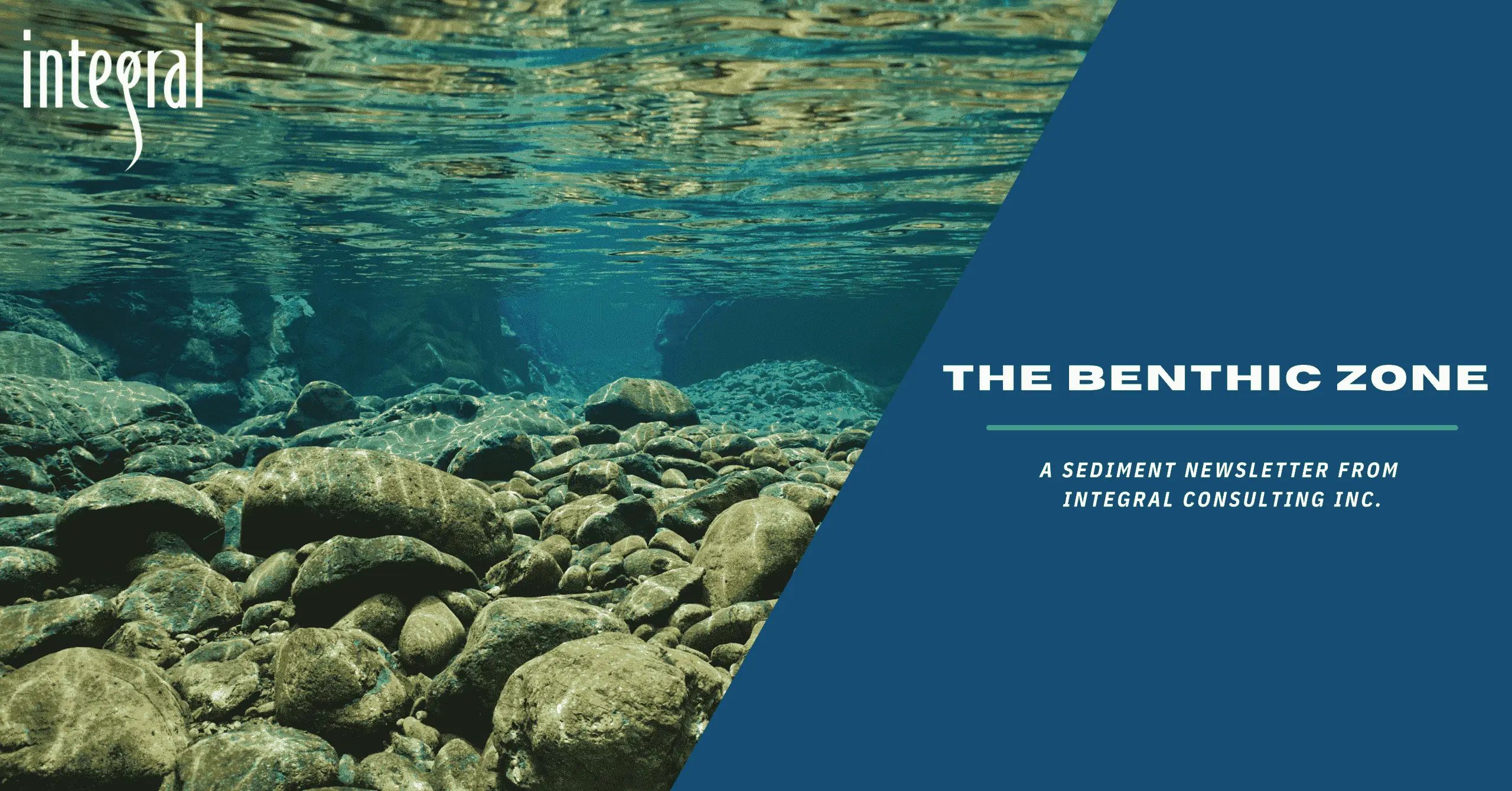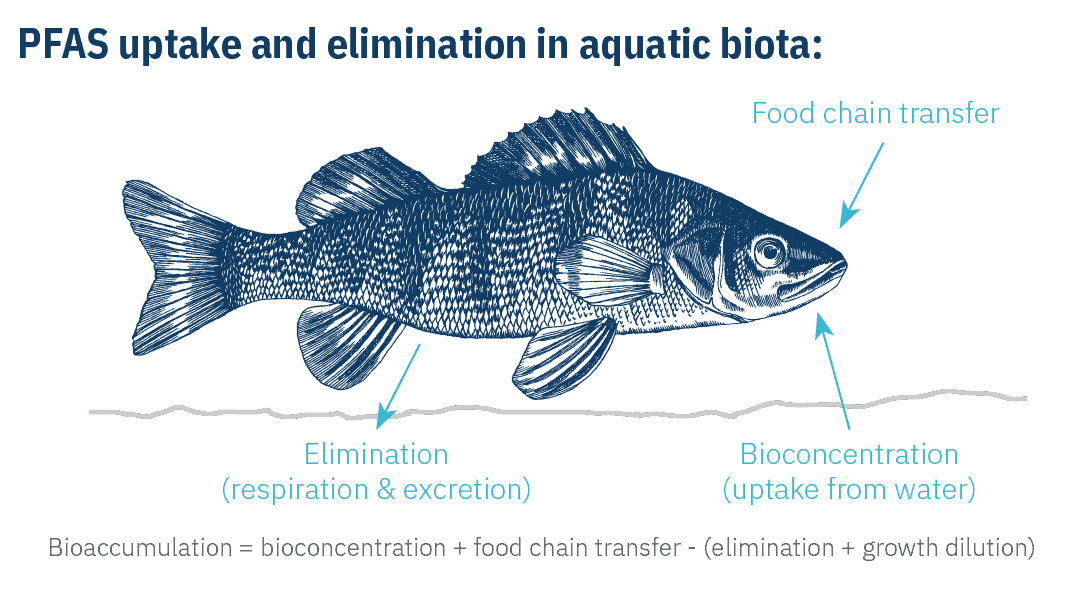
M.S., Environmental Studies, University of Massachusetts, 1992
B.S., Industrial Chemistry, Keene State College, Keene, New Hampshire, 1987
Hazardous Waste Operations and Emergency Response 40-Hour Certification (1988; annual refreshers through 2006)
OSHA 40-Hour Health and Safety Training, Hazardous Material Handling (1988)
EPA/Air Waste Management Association Training Course, Air Pathway Analysis at Superfund Sites (1989)
American Chemical Society, Member (1984–present)
Maine Department of Environmental Protection Agency’s Surface Water Ambient Toxics Technical Advisory Group, Appointed (2006–present)
Patrick O. Gwinn Principal, Toxicology, Health, and Ecological Sciences (207) 800-3806 Portland, ME pgwinn@integral-corp.com
Mr. Patrick Gwinn has more than 30 years of environmental consulting experience, providing a broad base of expertise in the areas of human health and ecological risk assessment, water quality, fate and transport dispersion modeling, product stewardship, air toxics sampling, and hazardous waste management. He specializes in managing and conducting human health and ecological risk assessments, site assessments, air quality modeling projects, and remedial investigations for municipalities and the manufacturing and chemical industries. He has modeled the transport, exposure, and risks associated with PCBs, dioxins, chlorinated and aromatic hydrocarbons, aluminum, cadmium, chromium, lead, copper, and other heavy metals. He has been instrumental in developing and leading projects aimed at establishing site-specific ambient water quality criteria and pollutant discharge limits. Mr. Gwinn has served as an expert witness and as a non-testifying expert, providing technical guidance to legal counsel on matters related to organic and inorganic chemical forensics as well as chemical fate and transport. As an expert witness, he has prepared expert reports, undergone pretrial depositions, and provided courtroom testimony. As a non-testifying expert, he has provided technical support to legal counsel prior to, during, and subsequent to depositions as well as during courtroom proceedings.


Following EPA's PFAS Roadmap to Human Health Ambient Water Quality Criteria
Resource
October 26 2022

Occupational Risk Assessment and Exposure Mitigation for Laser Device Emissions
Case Study
November 19 2024
Collecting fish samples to provide analytical data for tracking future sediment remediation efforts
Case Study
March 05 2024
A fish and benthic invertebrate community survey in support of a pre-design investigation
Case Study
March 01 2024Ecological Risk Assessment
Human Health Risk Assessment
Litigation Support
Air Quality Modeling
Gwinn, P., and M. Henning. 2023. Maine’s PFAS regulations—important dates are coming. JDSupra. April 18. https://www.jdsupra.com/legalnews/maine-s-pfas-regulations-important-3686658.
Clausen, J., M. Gray, S. Clough, P. Gwinn, and R. Cramer. 2009. Assessing the sensitivity of quantitative structural activity analysis models for evaluating new military compounds. Water Air Soil Pollut. 202(1-4):141–147.
Keenan, R.E., P.O. Gwinn, J.D. Schell, E.A. Carlson, and J.B. Silkworth. 2008. Application of nonlinear dose-response methods based on mode of action shows reduced cancer risks from PCBs. Organohalogen Compounds 70:430–433.
Rifkin, E., P. Gwinn, and E. Bouwer. 2004. Total chromium is not a good indicator of toxicity. Environ. Sci. Toxicol. 38(14)257A–272A.
Keenan, R.E., J.M. Hamblen, J.B. Silkworth, M.N. Gray, P.O. Gwinn, and S.B. Hamilton. 2003. An empirical evaluation of the potency of dioxin toxic equivalents (TEQs) in several PCB mixtures. Organohalogen Compounds 65:312–315.
Gwinn, P.O., and W. Taylor. 2017. Emerging issues for wastewater. Maine Rural Water Association (MRWA) 37th Annual Technical Conference, Bangor, ME. December.
Gwinn, P.O., J. Samuelian, and E. Rand. 2017. Application of the biotic ligand model to derive acute and chronic site-specific water quality criteria for copper in the Little Androscoggin River. AEHS 33rd Annual International Conference on Soils, Sediments, Water, and Energy, Amherst, MA. October.
Gwinn, P.O., E. Rand, and J. Samuelian. 2016. Androscoggin River water-effect ratios and proposed site-specific criteria – Determinations for aluminum, copper, and cadmium. New England Water Environment Association (NEWEA) Annual Meeting, Boston, MA. January.
Gwinn, P.O., J. Samuelian, and E. Rand. 2016. Application of the biotic ligand model to derive acute and chronic site-specific water quality criteria for copper in the Little Androscoggin River, Maine. NEWEA Annual Meeting, Boston, MA. January.
Gwinn, P.O., E. Rand, and J. Samuelian. 2015. Is it appropriate to compare pore water concentrations to ambient water quality criteria? Sediment Management Working Group, Arlington, VA. December 2.
Gwinn, P.O. 2015. Regulatory chemical risk assessment from Superfund to contaminants of emerging concern—Where have we been and where are we going? Environmental & Energy Technology Council of Maine (E2Tech), Portland, ME. November.
Gwinn, P.O. 2015. Wood that it WER—Water-effect ratios for aluminum, cadmium, and copper. National Council for Air and Stream Improvement, Northern Regional Meeting, Portland, ME. May.
Gwinn, P.O. 2008. Application of the biotic ligand model for copper. NCASI Northern Regional Meeting, Auburn, ME. May 21.
Keenan, R.E., P.O. Gwinn, J.D. Schell, E.A. Carlson, and J.B. Silkworth. 2008. Application of nonlinear dose-response methods based on mode of action for PCBs. Society for Risk Analysis Annual Meeting, Boston, MA. Abstract W3-C2.
Keenan, R.E., P.O. Gwinn, E.R. Algeo, and P.D. Anderson. 2008. Characterizing and interpreting fish consumption rates for developing human health water quality criteria. (Abstract) Fifth Annual Conference on Integrating Water Resources Management, University of Massachusetts. April 8.
Bouwer, E., E. Rifkin, and P. Gwinn. 2005. A reassessment of chromium sediment quality values. The Eighth International In-Situ and On-Site Bioremediation Symposium, Baltimore, MD. June 6–9.
Keenan, R.E., J.M. Hamblen, J.B. Silkworth, M.N. Gray, P.O. Gwinn, and S.B. Hamilton. 2004. An empirical evaluation of the potency of dioxin toxic equivalents (TEQs) in four PCB mixtures. Toxicological Sciences (Supplement) 78: Abstract No. 1783.
Keenan, R.E., J.M. Hamblen, J.B. Silkworth, M.N. Gray, P.O. Gwinn, and S.B. Hamilton. 2003. An empirical evaluation of the potency of dioxin toxic equivalents (TEQs) in several PCB mixtures. Organohalogen Compounds 65: 312-315. Proceedings Dioxin 2003—the 23rd International Symposium on Halogenated Environmental Organic Pollutants and Persistent Organic Pollutants, Boston, MA. August 24–29.
Alsop, W.R., J.H. Samuelian, and P.O. Gwinn. 2001. Evaluation of alternate approaches to deriving exposure point concentrations for ecological risk assessments. Poster/platform presented at the Society for Risk Analysis Conference, Seattle, WA. December 2–5.
Alsop, W.R., P.O. Gwinn, J.H. Samuelian, and S. Clough. 2001. Development of a realistic screening tool for evaluating potential ecological risks associated with land-application of pulp and paper mill biosolids. Poster/platform presented at the Society for Risk Analysis Conference, Seattle, WA. December 2–5.
Gwinn, P.O., J. Rothrock, and R.E. Keenan. 1998. Application of USEPA’s Part 503 Methodology to pulp and paper industry residuals. National Council of the Paper Industry for Air and Stream Improvement, Central-Lakes Regional Meeting. May 12–13.
Gwinn, P.O., N.M. Shear, J. Rothrock, M.H. Henning, S.A. Lewis, J.C. Banks and J. Harrington. 1998. Title III delisting of ethylene glycol monobutyl ether—An assessment of emissions and health effects of a hazardous air pollutant. Air and Waste Management Association Annual Meeting Proceedings, San Diego, CA. June 14–19.
Shear, N.M., P.O. Gwinn, J. Rothrock, M.H. Henning, S.A. Lewis, and J.C. Banks. 1998. Title III delisting of ethylene glycol monobutyl ether—A weight-of-evidence approach for evaluating an emissions inventory. Air and Waste Management Association, San Diego, CA. June 14–18.
Maritato, M.C., P.O. Gwinn, C.S. Schmidt, and E.S. Ebert. 1997. Application of exposure- and risk-based principles in the development of industrial remediation goals for a former manufacturing facility in eastern Brazil. Water Environment Federation Industrial Wastes Technical Conference. March 3–5.


